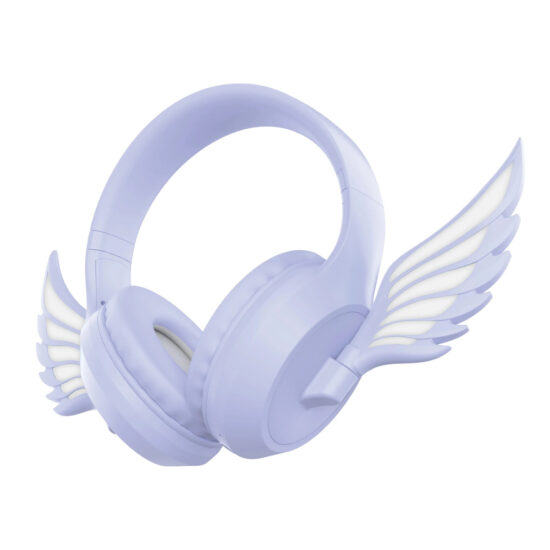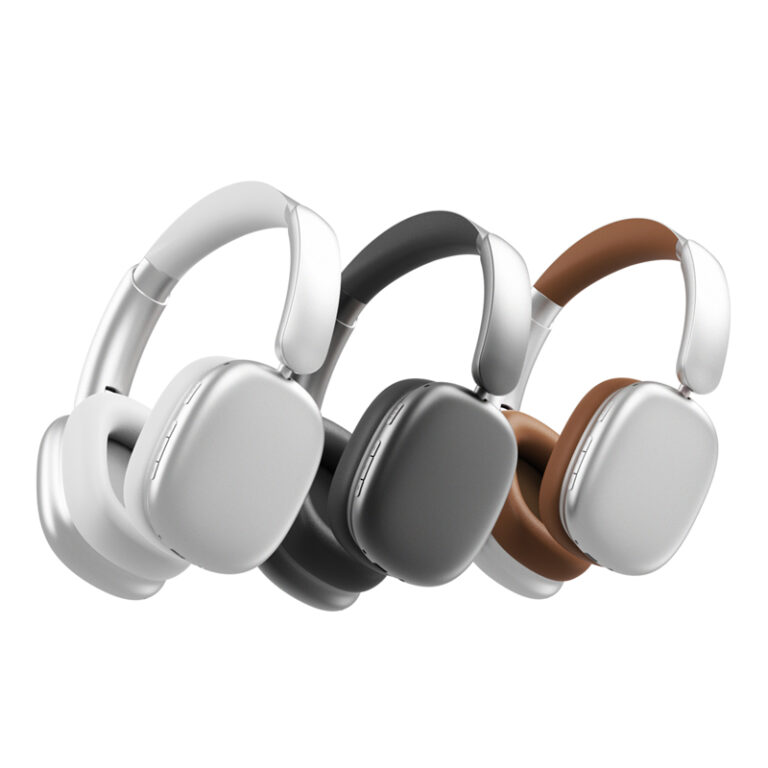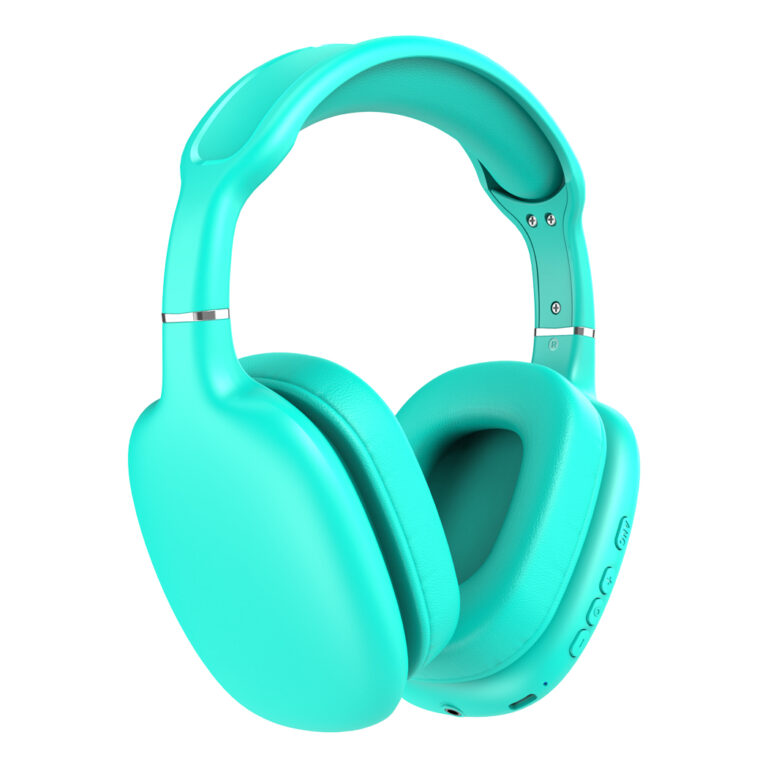jay@nbdho.com
How to Make a Headphone Prototype: Step-by-Step Guide
Creating a headphone prototype is a vital step in bringing a new product to market. It transforms conceptual designs into tangible models for testing performance, comfort, and manufacturability. Whether you’re a startup or an established brand, prototyping helps identify design flaws early and provides a foundation for refining your final product.
1. Define Product Requirements
Before any design work begins, clearly define what your headphone should achieve. This includes target audience, form factor (in-ear, on-ear, over-ear), features (Bluetooth, ANC, built-in mic), battery life, and sound signature. These requirements shape every technical and design decision during prototyping.
2. Industrial Design & Concept Modeling
Industrial designers translate requirements into sketches and 3D concepts, focusing on aesthetics, comfort, and ergonomics. The design should accommodate internal components such as speakers, circuit boards, batteries, and microphones. Software like Rhino or Fusion 360 is used to create accurate 3D CAD models.
3. Component Selection
Sourcing the right components is critical. This includes speaker drivers, Bluetooth chips, batteries, buttons, and connectors. Compatibility, size, and performance should align with your design. At this stage, engineers work closely with designers to ensure component fit within the 3D model.
4. 3D Prototyping and CNC Samples
With CAD files complete, physical prototypes are created using 3D printing or CNC machining. These non-functional samples allow you to test the physical structure—headband fit, earcup size, hinge movement, and overall wearability. Materials used for these prototypes are often not final but good enough for ergonomic and design feedback.
5. Functional Electronics Integration
A “works-like” prototype is then built by assembling internal electronics inside the outer shell. This includes soldering boards, connecting drivers, and configuring Bluetooth modules or ANC circuits. Engineers check sound quality, connectivity, and power performance in this phase.
6. Acoustic and User Testing
Testing includes both subjective listening tests and objective acoustic measurements. Using equipment like ear simulators and measurement rigs, you can analyze frequency response, distortion, and isolation. Real-world user feedback helps identify issues with comfort, controls, or audio tuning.
7. Design Refinement
Based on testing, the prototype may need multiple revisions. Adjustments could include repositioning internal components, modifying port locations, or improving structural integrity. Each iteration brings the prototype closer to a production-ready model.
8. Preparing for Production
Once the prototype meets all performance and usability benchmarks, final files are prepared for mold development and mass production. This includes finalized CAD files, a bill of materials (BOM), and technical drawings for tooling engineers.





